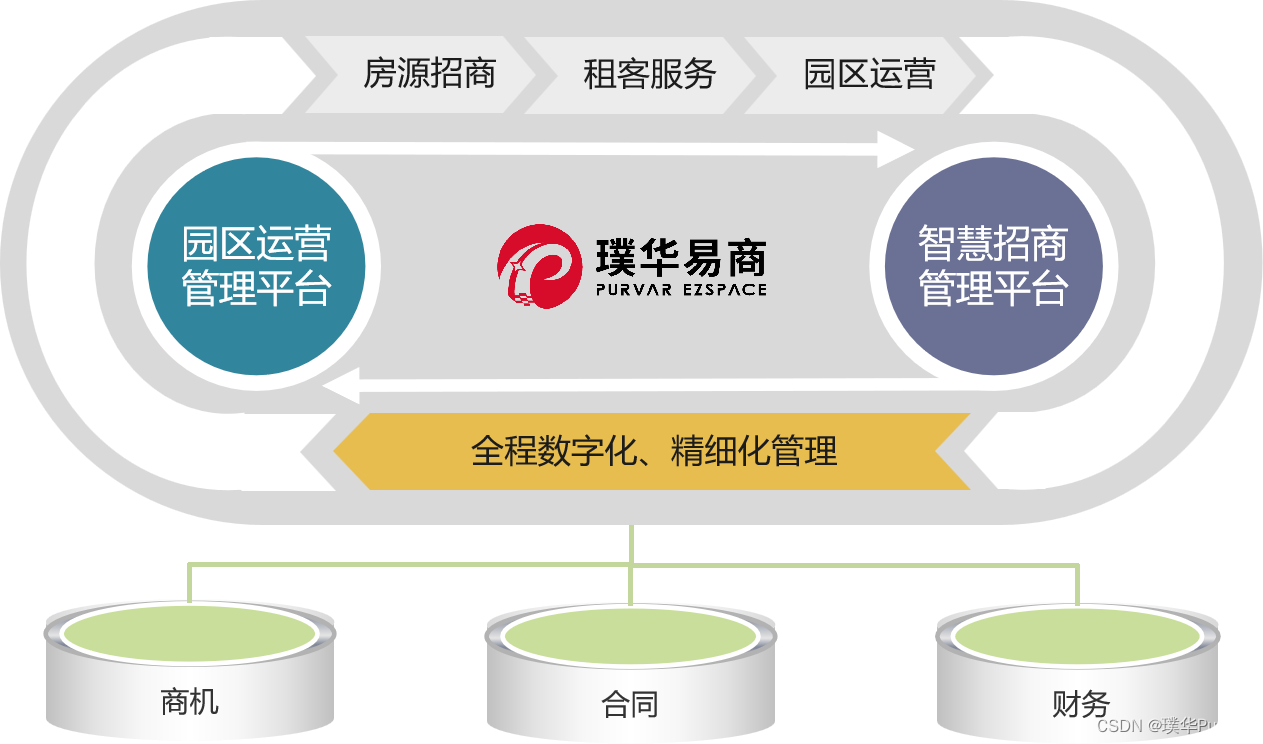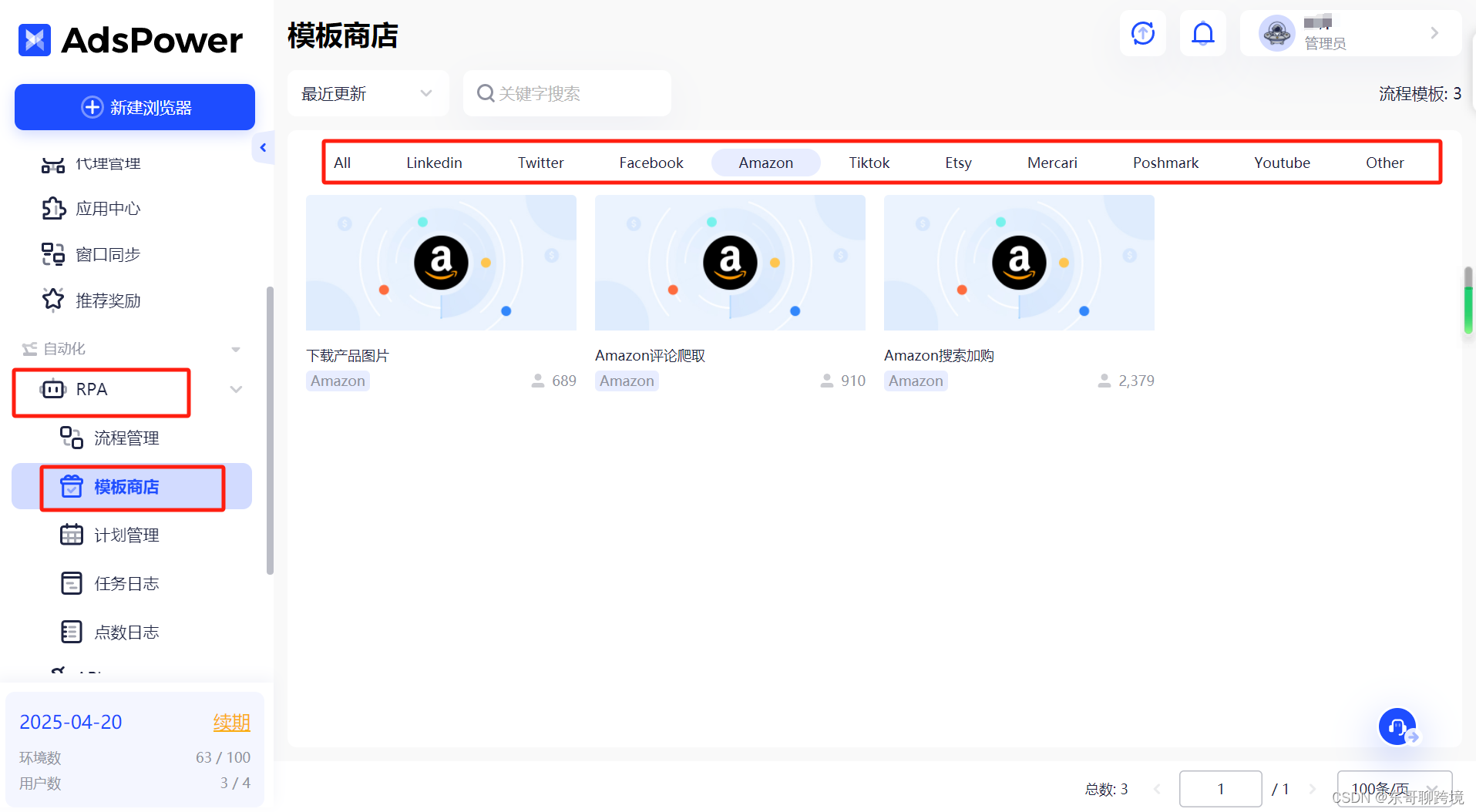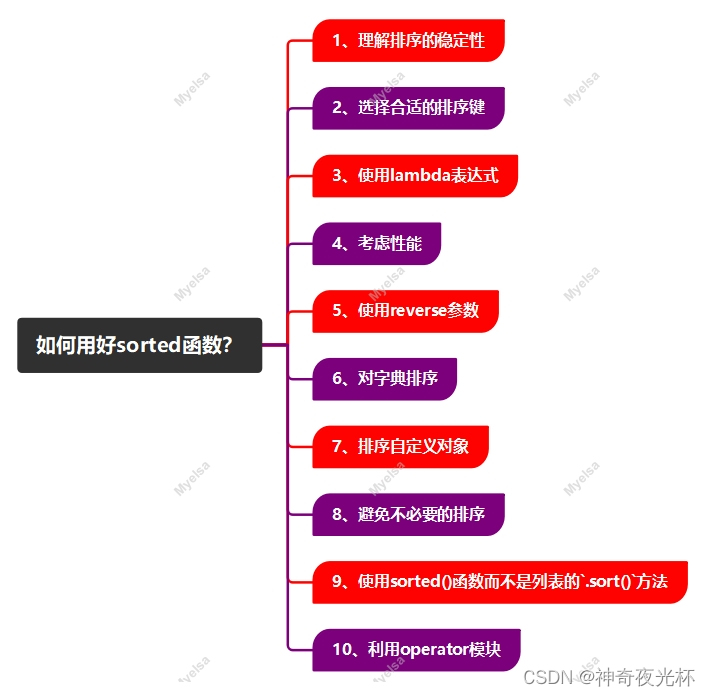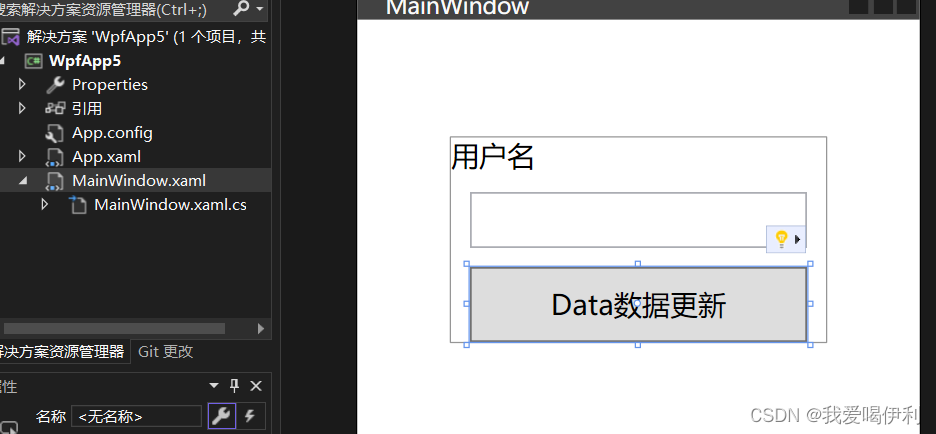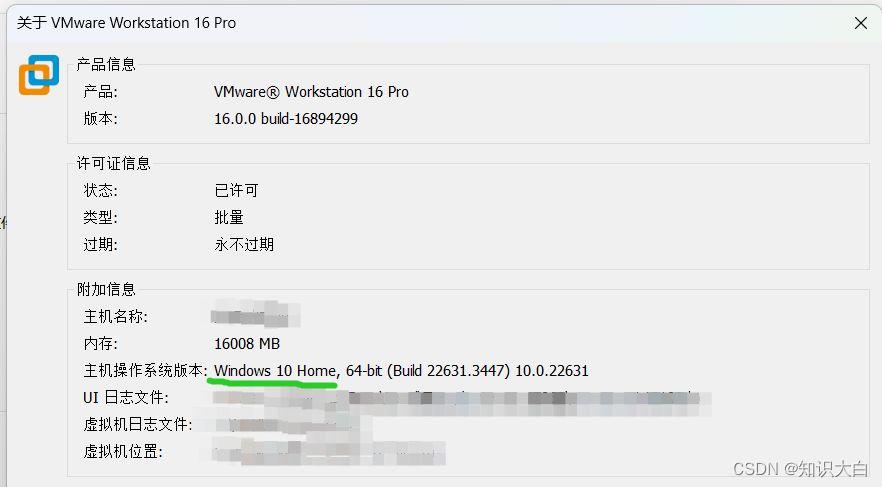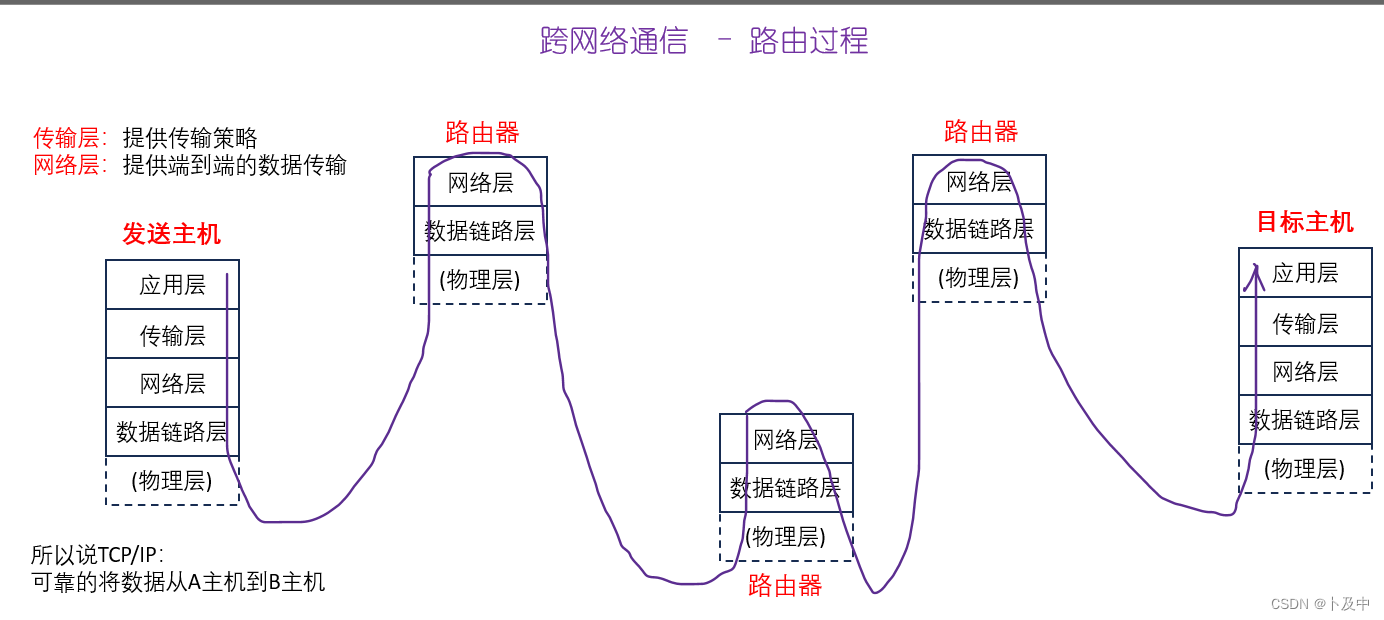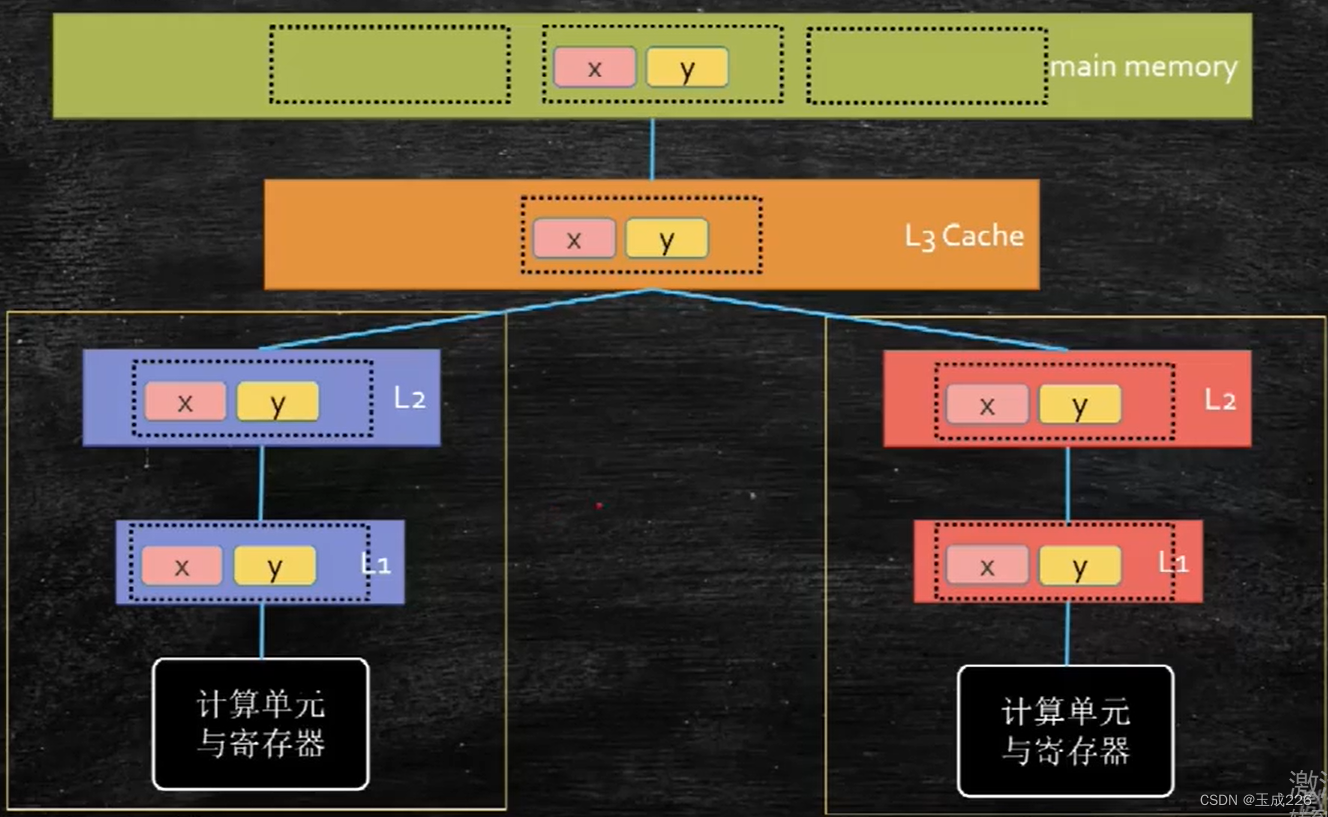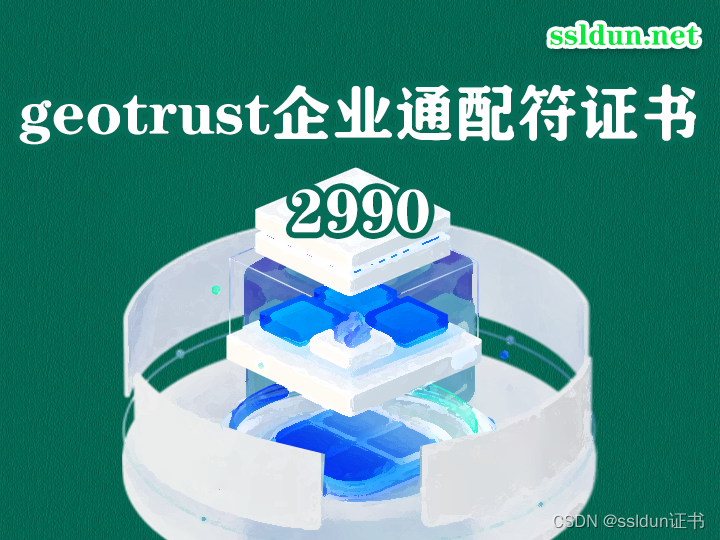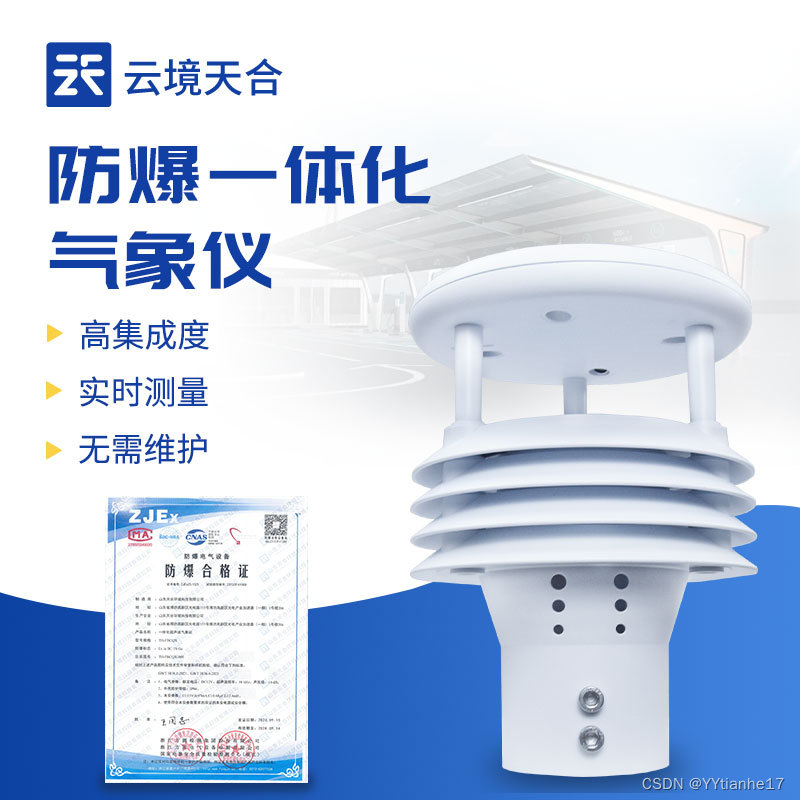文章目录
- 一、JSON结构转换是什么?
- 二、术语解释
- 三、案例之《JSON对象 To JSON数组》
- 四、代码实现
- 五、在线转换工具
- 六、技术资料
一、JSON结构转换是什么?
JSON结构转换指的是将一个JSON对象或JSON数组按照一定规则进行重组、筛选、映射或转换,生成新的JSON对象或数组的过程。这种转换可以包括改变JSON数据的结构、提取特定字段、合并多个JSON数据,或者对数据进行计算和处理等操作。
在JSON结构转换中,常见的操作包括:
- 提取字段:从一个JSON对象中提取特定字段,生成新的JSON对象。
- 过滤数据:根据条件过滤JSON数据,生成符合条件的新JSON对象或数组。
- 映射转换:将一个JSON对象中的字段映射到另一个字段,生成新的JSON对象。
- 合并数据:将多个JSON对象或数组合并成一个新的JSON对象或数组。
JSON结构转换通常在数据处理、数据清洗、数据分析等场景中广泛应用。通过结构转换,可以根据需求定制化地处理JSON数据,使其符合特定的业务逻辑或数据格式要求。
为此我们提供了三个简单开源的类库(JavaScript类库、Java类库、.Net类库),接下来我们对JS类库进行详细讲解。
二、术语解释
1.转换映射【高级配置选项】
转换映射包含两种
-
交叉映射(默认)
交叉映射主要是针对一对多、多对一、多对多的情况 -
一对一映射
一对一映射主要是针对一对一情况,此种情况需要注意,由于对象的属性每次重组后顺序无法控制,所以尽量通过属性名称进行精准映射
三、案例之《JSON对象 To JSON数组》
源JSON结构:
{
"a": {
"c_child": "2",
"d_child": "3",
"e_child": "4"
}
}
目标JSON结构:
{
"b1": [
[
{
"k1_child": "v1_child"
}
],
[
{
"k2_child": "v2_child"
}
],
[
{
"k3_child": "v3_child"
}
]
]
}
转换需求:
以下需求分别执行
- 一对多:将源结构的“a.c_child”值追加到目标结构的“b1[*]”值
- 多对一:将源结构的“a.*”值追加到目标结构的“b1.[0]”值
- 多对多:将源结构的“a.*”值追加到目标结构的“b1[*]”值
- 一对一:将源结构的“a.*”键追加到目标结构的“b1[*]”值
四、代码实现
1.一对多:将源结构的“a.c_child”值追加到目标结构的“b1[*]”值
import com.fasterxml.jackson.databind.ObjectMapper;
import java.util.ArrayList;
import java.util.List;
/**
* 对象转换对象
*/
public class Main {
public static void main(String[] args) {
ObjectMapper mapper = new ObjectMapper();
String orgJson = "{\"a\":{\"c_child\":\"2\",\"d_child\":\"3\",\"e_child\":\"4\"}}"; // JSON字符串
String aimJson = "{\"b1\":[[{\"k1_child\":\"v1_child\"}],[{\"k2_child\":\"v2_child\"}],[{\"k3_child\":\"v3_child\"}]]}"; // JSON字符串
List<JsonMapping> jsonMappings = new ArrayList<>();
jsonMappings.add(new JsonMapping("root.b1[*]", "root.a.c_child", 4,new JsonMappingOptions(0,1,1,1)));
JsonTranferUtil jsonTranferUtil = null;
String result ="";
try {
jsonTranferUtil = new JsonTranferUtil(orgJson, aimJson, jsonMappings);
result = jsonTranferUtil.tranJson();
} catch (Exception e) {
e.printStackTrace();
}
System.out.println("******************结果 **********************");
System.out.println(result);
}
}
执行结果如下:

2.多对一:将源结构的“a.*”值追加到目标结构的“b1.[0]”值
import com.fasterxml.jackson.databind.ObjectMapper;
import java.util.ArrayList;
import java.util.List;
/**
* 对象转换对象
*/
public class Main {
public static void main(String[] args) {
ObjectMapper mapper = new ObjectMapper();
String orgJson = "{\"a\":{\"c_child\":\"2\",\"d_child\":\"3\",\"e_child\":\"4\"}}"; // JSON字符串
String aimJson = "{\"b1\":[[{\"k1_child\":\"v1_child\"}],[{\"k2_child\":\"v2_child\"}],[{\"k3_child\":\"v3_child\"}]]}"; // JSON字符串
List<JsonMapping> jsonMappings = new ArrayList<>();
jsonMappings.add(new JsonMapping("root.b1[0]", "root.a.*", 4,new JsonMappingOptions(0,1,1,1)));
JsonTranferUtil jsonTranferUtil = null;
String result ="";
try {
jsonTranferUtil = new JsonTranferUtil(orgJson, aimJson, jsonMappings);
result = jsonTranferUtil.tranJson();
} catch (Exception e) {
e.printStackTrace();
}
System.out.println("******************结果 **********************");
System.out.println(result);
}
}
执行结果如下:

3.多对多:将源结构的“a.*”值追加到目标结构的“b1[*]”值
import com.fasterxml.jackson.databind.ObjectMapper;
import java.util.ArrayList;
import java.util.List;
/**
* 对象转换对象
*/
public class Main {
public static void main(String[] args) {
ObjectMapper mapper = new ObjectMapper();
String orgJson = "{\"a\":{\"c_child\":\"2\",\"d_child\":\"3\",\"e_child\":\"4\"}}"; // JSON字符串
String aimJson = "{\"b1\":[[{\"k1_child\":\"v1_child\"}],[{\"k2_child\":\"v2_child\"}],[{\"k3_child\":\"v3_child\"}]]}"; // JSON字符串
List<JsonMapping> jsonMappings = new ArrayList<>();
jsonMappings.add(new JsonMapping("root.b1[*]", "root.a.*", 4,new JsonMappingOptions(0,1,1,1)));
JsonTranferUtil jsonTranferUtil = null;
String result ="";
try {
jsonTranferUtil = new JsonTranferUtil(orgJson, aimJson, jsonMappings);
result = jsonTranferUtil.tranJson();
} catch (Exception e) {
e.printStackTrace();
}
System.out.println("******************结果 **********************");
System.out.println(result);
}
}
执行结果如下:

4.一对一:将源结构的“a.*”键追加到目标结构的“b1[*]”值
import com.fasterxml.jackson.databind.ObjectMapper;
import java.util.ArrayList;
import java.util.List;
/**
* 对象转换对象
*/
public class Main {
public static void main(String[] args) {
ObjectMapper mapper = new ObjectMapper();
String orgJson = "{\"a\":{\"c_child\":\"2\",\"d_child\":\"3\",\"e_child\":\"4\"}}"; // JSON字符串
String aimJson = "{\"b1\":[[{\"k1_child\":\"v1_child\"}],[{\"k2_child\":\"v2_child\"}],[{\"k3_child\":\"v3_child\"}]]}"; // JSON字符串
List<JsonMapping> jsonMappings = new ArrayList<>();
jsonMappings.add(new JsonMapping("root.b1[*]", "root.a.*", 4,new JsonMappingOptions(0,1,1,2)));
JsonTranferUtil jsonTranferUtil = null;
String result ="";
try {
jsonTranferUtil = new JsonTranferUtil(orgJson, aimJson, jsonMappings);
result = jsonTranferUtil.tranJson();
} catch (Exception e) {
e.printStackTrace();
}
System.out.println("******************结果 **********************");
System.out.println(result);
}
}
执行结果如下:

五、在线转换工具
为了让使用者更加方便的配置出映射关系,为此开发了一套在线转换工具,可在工具中通过拖拽即可配置想要的结构转换关系,并可对转换关系所能实现的效果实时进行预览更改。
工具地址:数据转换工具

六、技术资料
- Github:edq-ebara/data-transformation-javascript: 数据转化(javascript) (github.com)
- 技术探讨QQ群:775932762
- 工具连接:数据转换工具
- 御控官网:https://www.yu-con.com/
